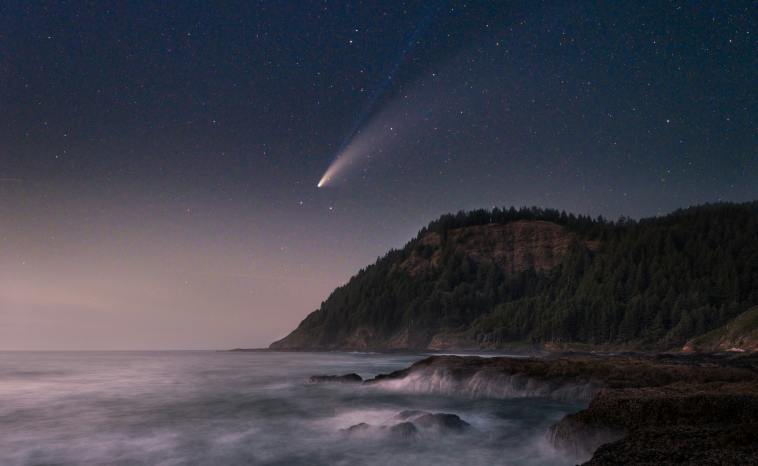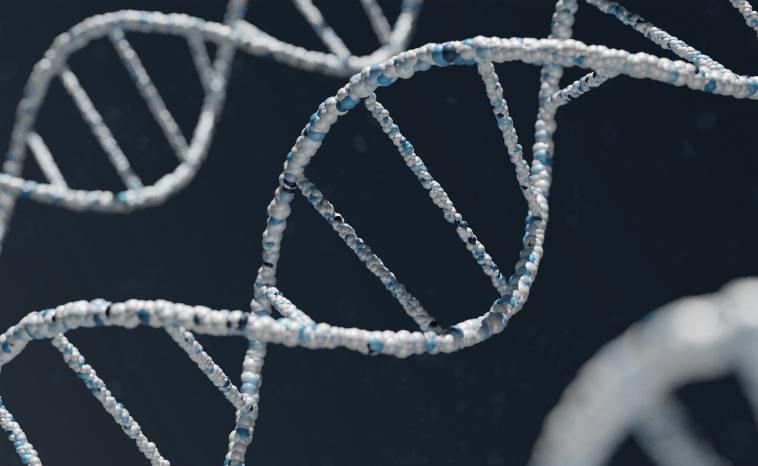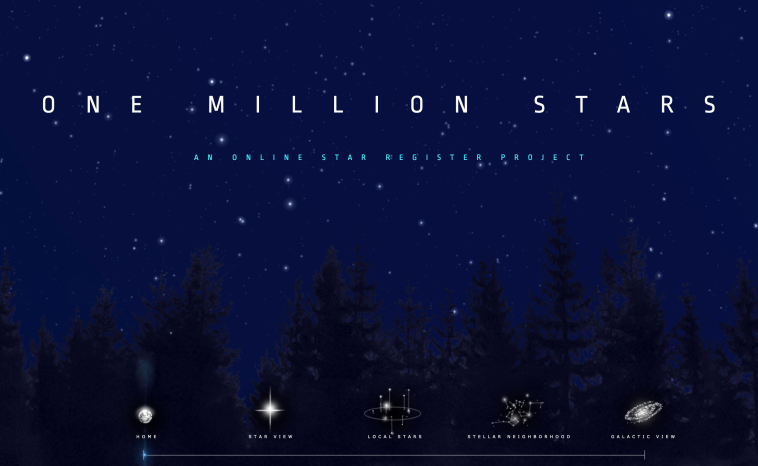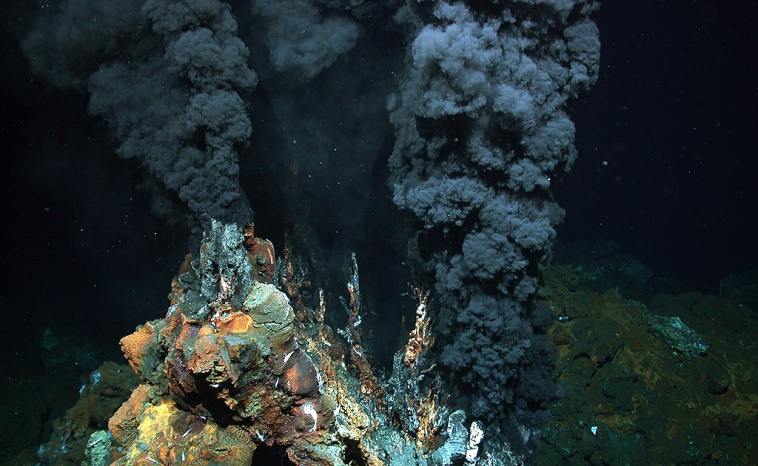How Did Life on Earth Start?

How exactly did Life on Earth start? In this article, we’ll take a closer look at this mind-boggling question. We’ll explain the leading theories and consider the importance of discovering exactly how life began in our corner of the universe.

For centuries, one simple but profoundly important question has sparked fierce debate between scientists – and curiously intrigued the rest of us: how did life start on Earth?
In this article, we’ll take a closer look at this mind-boggling question. We’ll explain the leading theories and consider the importance of discovering exactly how life began in our corner of the universe.
What Is Life?
Let’s start big! Before we can delve into the origins of life, we need to understand what life actually is. It’s a question that has puzzled scientists and philosophers alike for centuries, with no definitive answer yet.
That said, there are some key characteristics that most researchers agree living things must possess:
- The ability to grow and develop
- Reproduction
- Genetic code
- Response to stimuli
- Metabolism (the ability to convert energy)
The above factors are valid for any known life form, from huge, complex mammals to intricate plant life. Indeed, these considerations would even apply to the very first known lifeforms on Earth, simple single-celled microorganisms. But where did these cells come from?
How Did Life Start on Earth?
Unfortunately, no scientists were around to witness the critical stages that brought life to our planet, so we don’t have a definitive answer to explain exactly how life on Earth began. Still, several respected and highly probable hypotheses might just provide the answer we’re looking for.
The Primordial Soup Theory

One theory that has gained significant attention is the primordial soup theory. Proposed in the 1920s by British scientist J.B.S. Haldane, this hypothesis suggests that the initial building blocks of life were created in a “soup” of simple organic compounds that existed on Earth around four billion years ago.
This soup comprised chemicals such as ammonia, methane and hydrogen, all of which were present in the Earth’s early atmosphere. With these key ingredients in place, it’s thought that lightning, volcanic eruptions and UV radiation from the sun sparked a chain of chemical reactions that eventually led to the formation of simple cells.
Despite its name, this theory is far from just a fanciful idea. In fact, scientists have managed to recreate some of these conditions in laboratory experiments and have successfully produced amino acids – the building blocks of proteins – lending more weight to this hypothesis.
The Deep Sea Vent Theory
Another highly regarded theory is the hydrothermal, or deep sea, vent theory. First proposed by Russian geochemist Alexander Oparin and British biologist J.D. Bernal in the 1920s, this hypothesis suggests that life originated not on Earth’s surface but at the bottom of the ocean near hydrothermal vents.
These vents release hot, mineral-rich water into the cold, nutrient-poor ocean, creating an environment that could have provided the necessary energy and chemical components for life to emerge. This theory is supported by research showing that deep sea vents contain vital ingredients for life, such as hydrogen and carbon dioxide, and are home to diverse communities of microorganisms. Furthermore, experiments have shown that these vents can produce organic compounds and even self-replicating molecules.
While the deep sea vent theory is still being studied and debated, it offers a compelling explanation for the origin of life on Earth. It also raises questions about the potential for life to exist in other extreme environments, such as those found on other planets or moons in our solar system.
Panspermia: Life from the Cosmos?

Panspermia, a theory proposed by 19th-century chemist Svante Arrhenius and popularised by astronomer Fred Hoyle in the 1980s, suggests that life may have originated on another planet or even in a distant galaxy and then travelled to Earth via meteoroids or comets. This theory is supported by the discovery of organic molecules on meteorites, providing evidence that these space rocks could potentially carry the building blocks for life.
While panspermia may seem far-fetched, it offers a possible explanation for the origins of life on Earth and raises intriguing possibilities about the potential for extraterrestrial life. It also highlights the interconnectedness of our universe and the potential for life to exist beyond our own planet.
RNA World: The First Self-Replicators?
Lastly, there’s the RNA World hypothesis. Proposed in the 1960s by Nobel Prize-winning biologist Francis Crick, this theory suggests that RNA molecules may have been the first self-replicating entities. RNA is a versatile molecule with both genetic and catalytic properties, making it a strong candidate for being the precursor to DNA and proteins.
Could RNA really have been the first self-replicating molecule? While it is still a subject of debate and further research, the RNA World hypothesis has gained significant support in recent years. In fact, experiments have shown that some types of RNA can replicate themselves under certain conditions, providing evidence for this theory.
Furthermore, the idea also ties into the concept of panspermia, as it suggests that RNA-based life forms could have originated on another planet and then spread to Earth through meteoroids or comets.
The Building Blocks of Life on Earth

Whether Panspermia, Hydrothermal Vents, or the RNA World are the answer to our origins, certain factors would have been crucial for life on Earth to form. For instance, the chemical composition of the environment would have played a vital role. Carbon, hydrogen, nitrogen, oxygen, phosphorus, and sulfur, often referred to as CHNOPS, are the most essential elements for life.
Then there’s the matter of temperature. Life, as we understand it, requires a ‘Goldilocks’ zone – not too hot, not too cold, but just right. And let’s not forget water! It’s no coincidence that our search for extraterrestrial life often begins with a search for water.
Life on Earth Amidst One Million Stars

So, how did life start on Earth? The truth is, we may never know for sure. But just like the age-old (and equally enigmatic) debate on the true meaning of life, the journey to find answers continues to take us on a thrilling adventure through science and speculation as we piece together the puzzle of our existence.
Curious to gaze upon the stars that have silently witnessed the unfolding of Earth’s epic story? Then step closer to the heavens with our One Million Stars App. Crafted for those who marvel at the cosmos, this digital odyssey lets you navigate the star-studded sky with ease and wonder. So, why merely ponder our origins when you can visually soar through celestial bodies and, perhaps amongst them, find the missing pieces to the puzzle of life? Download the app now – the universe is at your fingertips!


